The cracking of firewood. The distinct smell of burning wood. When it comes to a wood-burning stove, it is as nostalgic as it gets. It doesn’t matter how many years have passed. It’s still one of the most efficient ways to generate heat in a house. Today, you can still find a large or small wood-burning stove tucked away in many buildings. The timeless wood-burning stoves are still commonly found in many rural areas and even some urban homes.
The popularity of wood-burning stoves has fluctuated over the years. Besides environmental concerns, convenience might also be a factor. Sourcing enough firewood to keep you heated throughout the seasons is very labor-intensive. However, the work is worth it. So, if you are considering installing a wood-burning stone in your home, want that smokey atmosphere, and don’t mind the extra work, we have compiled a guide to walk you through the process.
What is a Wood-burning Stove?
Before building a wood-burning stove, you might want to learn more about it. It’s a heating appliance that uses wood (for the most part) as its fuel. It keeps the fire contained inside the stove. To keep the fire burning, you have to keep feeding firewood into the stove. No matter its design, size, or material that it’s made of, a wood-burning stove has one main purpose — generate heat.
How Does a Wood-Burning Stove Work?
Wood burns, generating heat and warming up the house in the process. The fire gets contained inside the unit, and as long as the fire goes on, the stove will radiate heat like a radiator. However, there are more factors in play that make the stove a worthy addition to your home.
With a wood-burning stove, you have to manage two things: air and a baffle. The fire itself takes in air, usually from the bottom. Even a modern wood-burning stove has a slit or vent that can be adjusted to control air intake. If you want the fire to burn faster, increase the air intake. Suppose you want it to burn more slowly, partially close the stove’s slit or vent. The smoke itself exits through the chimney.
However, you can also manage the output of the smoke. More exactly, how much waste gas is outputted. To control the output, you have to adjust the baffle. It regulates the waste gas that gets generated from burning wood. If well-regulated, the best wood-burning stove can achieve an efficiency of 70 percent!
Is a Wood Stove Better Than a Fireplace?
Image credits: Clay Banks
It all comes down to personal preference. However, the wood stove has the advantage of efficient heat distribution. With a wood-burning stove, you can quickly heat up both your water and your room. Also, if you install a wood-burning cook stove, you can also use it to prepare food.
Visually, the fireplace takes the cake. It’s a staple of a classic living room design. However, a fireplace is less heat efficient. It will heat up the surrounding area but not the entire room. So, in the end, it comes down to what you want.
Find the Right Wood-Burning Stove for You
Sticking with the stove? Well, you should first select the option that best suits you and your house. Different stoves come with different characteristics. All of them provide their own benefits and disadvantages. However, these are the main features you should consider before heading to the store:
- Fuel. You can burn more than just wood. There are also stoves labeled as being “multi-fuel.” With a multi-fuel stove, you can burn wood and other fuels like coal. However, they are usually more expensive.
- Size. These days, you can get a large or small wood-burning stove. Or, you can go for a medium size. As long as it’s practical, you can install whatever size stove you want.
- Catalytic or not. Just like in the car, catalytic stoves have a component that captures gases. In some stoves, this component, known as a catalytic combustor, traps smoke. It allows the stove to burn much cleaner and more efficiently.
- Size of the room. The purpose of the stove is to provide heat. So, you should calculate the size of the room, get some advice from the experts, and select the stove that will cover the desired space.
- Style. To some people, the wood-burning stove is more than just a source of heat but also part of their home decor. Thankfully, today, you can go for classic or more modern wood-burning stoves and satisfy your needs for both design and warmth.
Safety Measures First!
Found the right stove for you? Let’s address a few safety concerns before proceeding with the wood-burning stove installation. Safety is the number one priority, so take your time with this step and make sure no mistakes are made.
- The right spot. The space your stove will be in has to be safe. The majority of stoves are usually located in a concrete room. Why? There are no (or just a few) flammable objects around.
- Ventilation. Smoke is dangerous. Especially if there is a lot of it. According to the U.S. Environmental Protection Agency (EPA), wood smoke can cause cardiovascular and respiratory problems. Hence, ensure that fresh air can quickly enter the area in case of emergencies.
- Use dry fuel. The firewood or other fuel you’re going to use should be dry. Not only is dry wood more efficient, but it is also safer. Wet fuel could cause problems not only for the stove but also for the surrounding area.
- Get professional help! With installments like these, professional help isn’t only good but important. Get a professional to assess the situation and listen to their advice. They are there to provide help and ensure your own safety.
- Clean and maintain. Installing a stove is one thing, but maintenance is a long-term commitment. It’s essential to annually check the stove’s integrity, clean the chimney, and ensure the air intake remains unobstructed. Also, regularly remove ash and deposit it into a metal bucket.
- Creosote. According to the EPA, creosote is a material used for wood preservation and is produced as a by-product when burning wood. Recent research says that it may pose a cancer risk. So, make sure to remove accumulated creosote from your wood-burning system regularly.
Wood Burning Stove Installation Tips
Image credits: miniwoodstoves
As mentioned above, we strongly suggest seeking professional help. Nevertheless, if you want to do it yourself, we have some tips to save you some money.
- Research. Make sure you’ll have access to affordable firewood by talking to local suppliers. Or, if you have a forest of your own, calculate the labor and cost involved in obtaining firewood. If you are installing a wood-burning stove, you might as well find out the price of acquiring firewood.
- Timing is important. Construction is a seasonal job. Usually, a stove like this takes two days to install (one if there is a rush). Instead of paying absurd amounts, install your stove in the off-season. The costs will be lower, and you might get a really talented professional to help you out.
- Rebates and incentives. Governments do have rebates and incentives that encourage people to install wood stoves. So, instead of paying the full price yourself, look for “discounts” that could slash the cost of installing your wood-burning stove.
DIY or Professional Installment?
If you know what you are doing, you can install the stove yourself. However, make sure you follow all safety measures. Run through the guide and ensure you check all the boxes for safety. Nevertheless, we still recommend seeking professional assistance. The installation of these stoves requires a lot of expertise that professionals acquire through many years of practice.
FAQ
What is the Difference Between a Wood Burner and a Wood-burning Stove?
The difference comes down to wording. In the UK, wood burners are the same as stoves. So, if you are looking at this guide from the United Kingdom, replace the term “wood-burning” with “wood burner.”
How Long Do Wood-burning Stoves Last?
If you buy and maintain a quality stove, it should work for 10 to 20 years. However, to ensure longevity, get a professional to assess the stove.
How Much Does Installing a Wood Stove Cost?
Installment of a stove like this costs a hefty amount of money. If you are going for quality (which you should), the cost typically ranges from $1,500 to as much as $5,000.
558views
Share on FacebookDo yourself a favor and get a soapstone woodstove. We just got one and it's a game changer. The house warmed up so fast and we use 3 logs for the whole evening. Our previous woodstove took forever to warm up and we burned so much wood in a night. Had a fireplace insert in one house and it was only warm if you sat on the hearth.
Do yourself a favor and get a soapstone woodstove. We just got one and it's a game changer. The house warmed up so fast and we use 3 logs for the whole evening. Our previous woodstove took forever to warm up and we burned so much wood in a night. Had a fireplace insert in one house and it was only warm if you sat on the hearth.
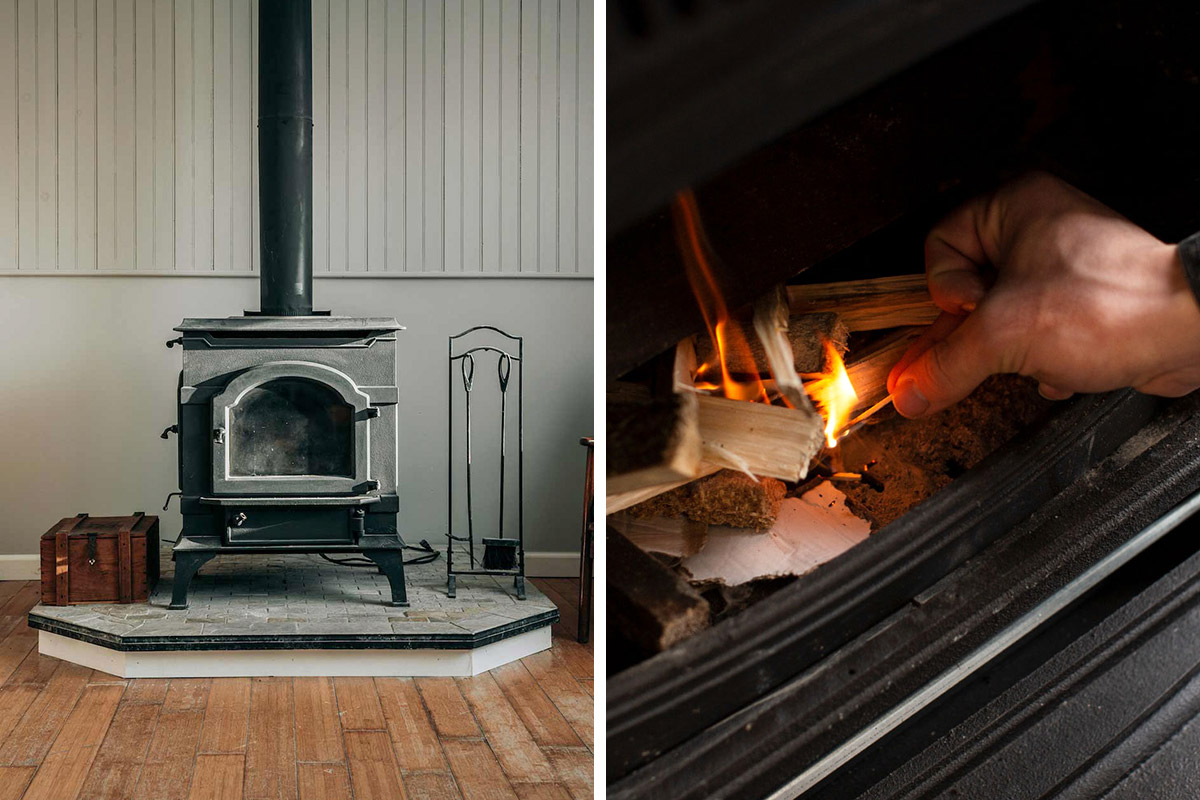
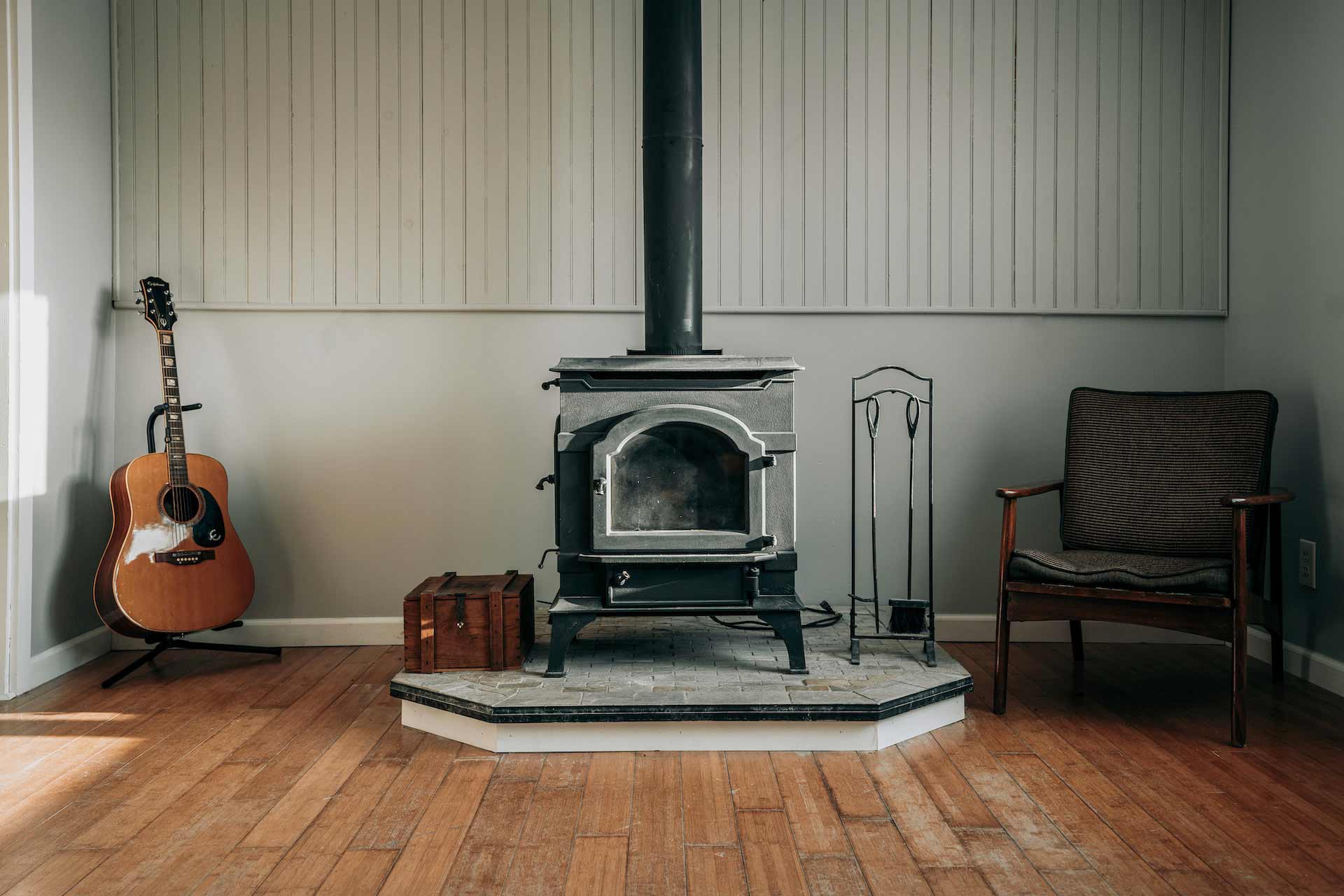
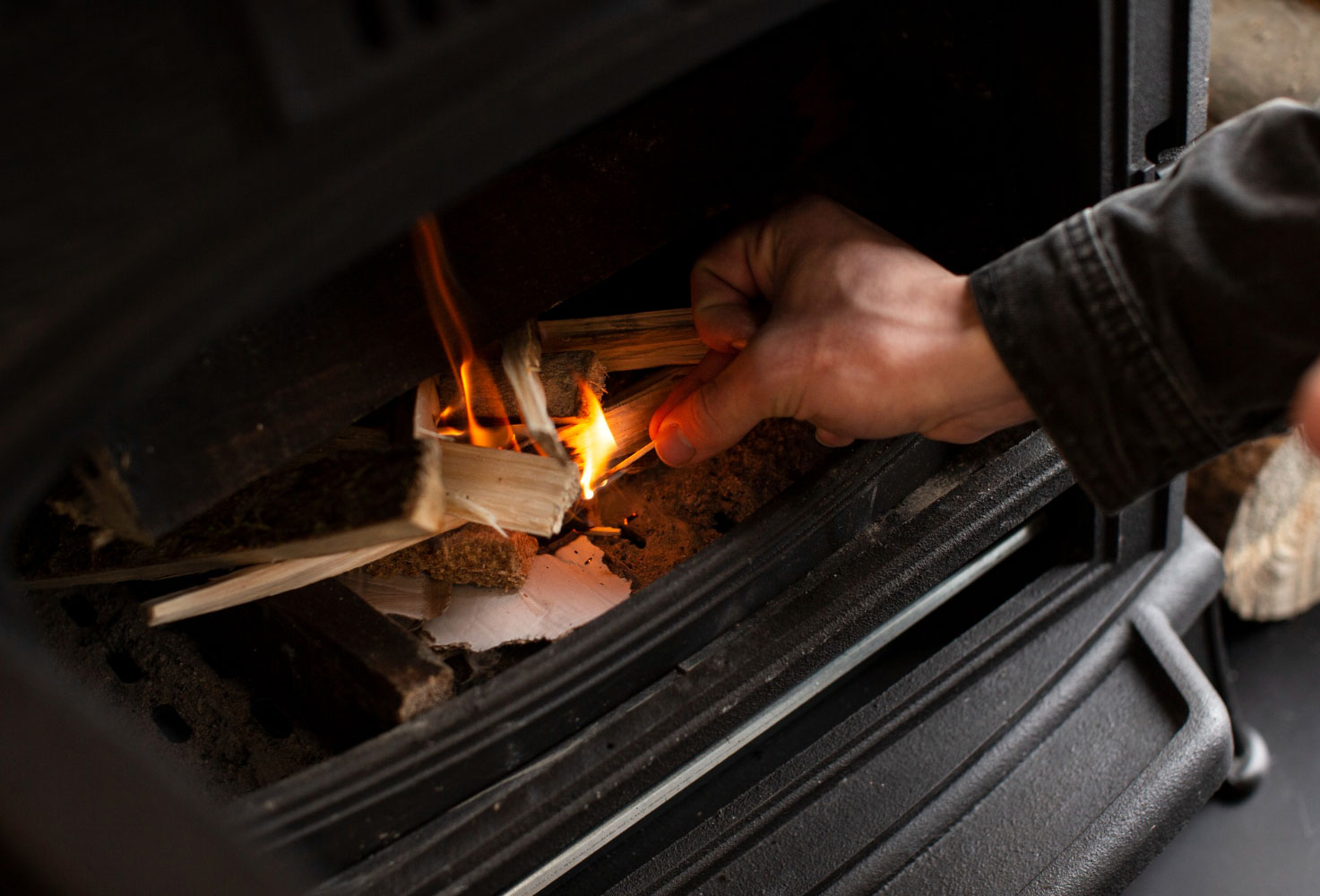
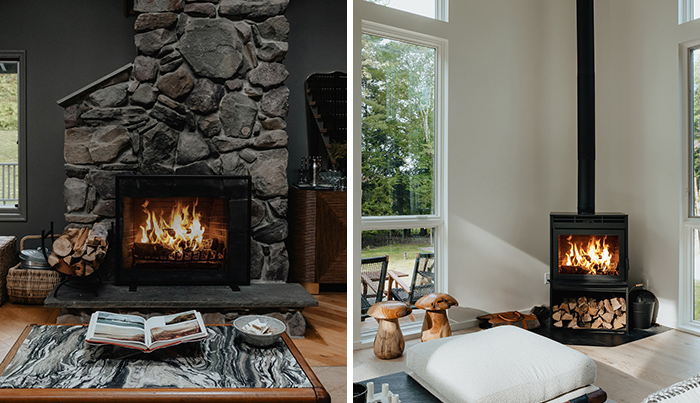
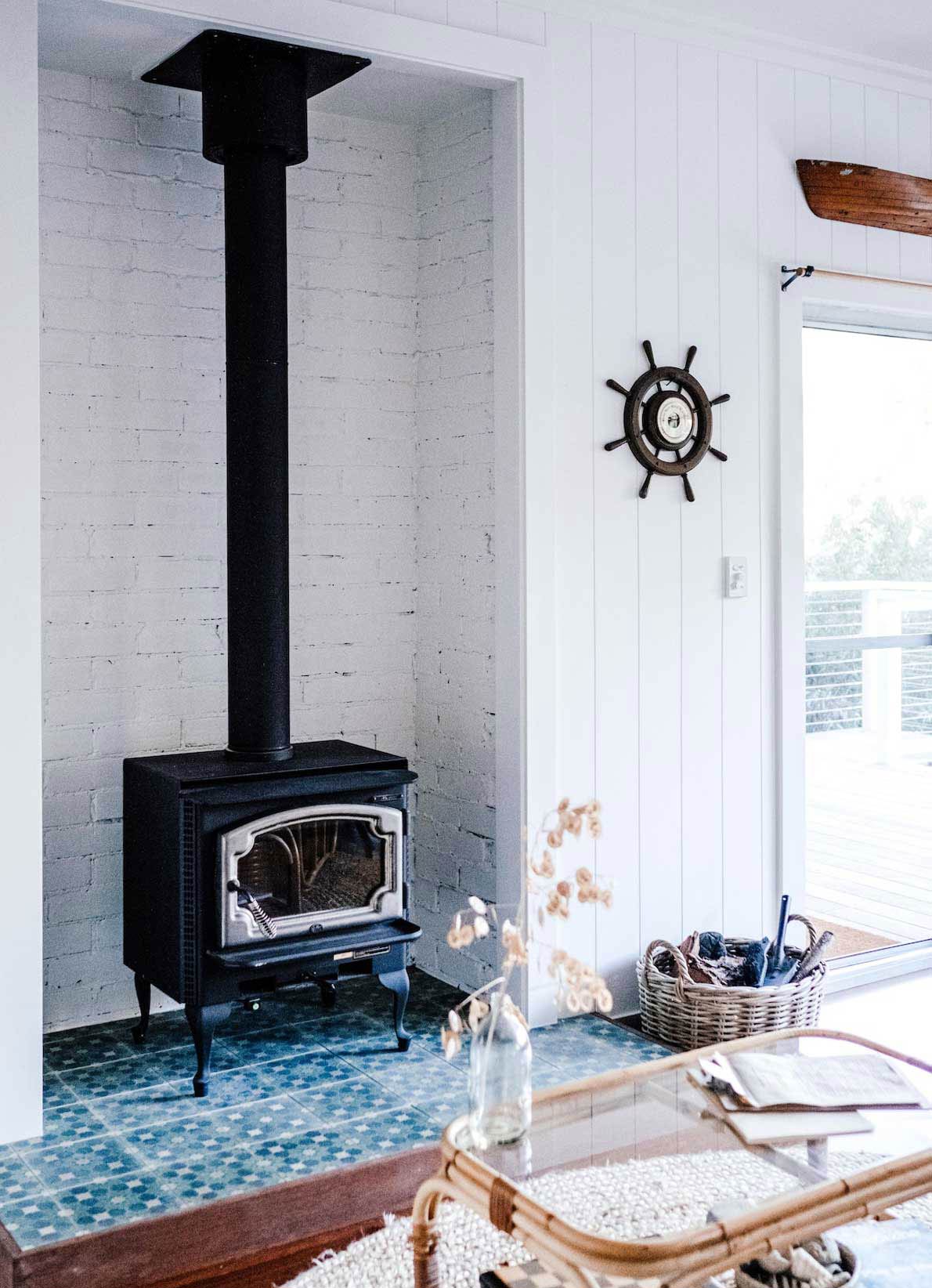
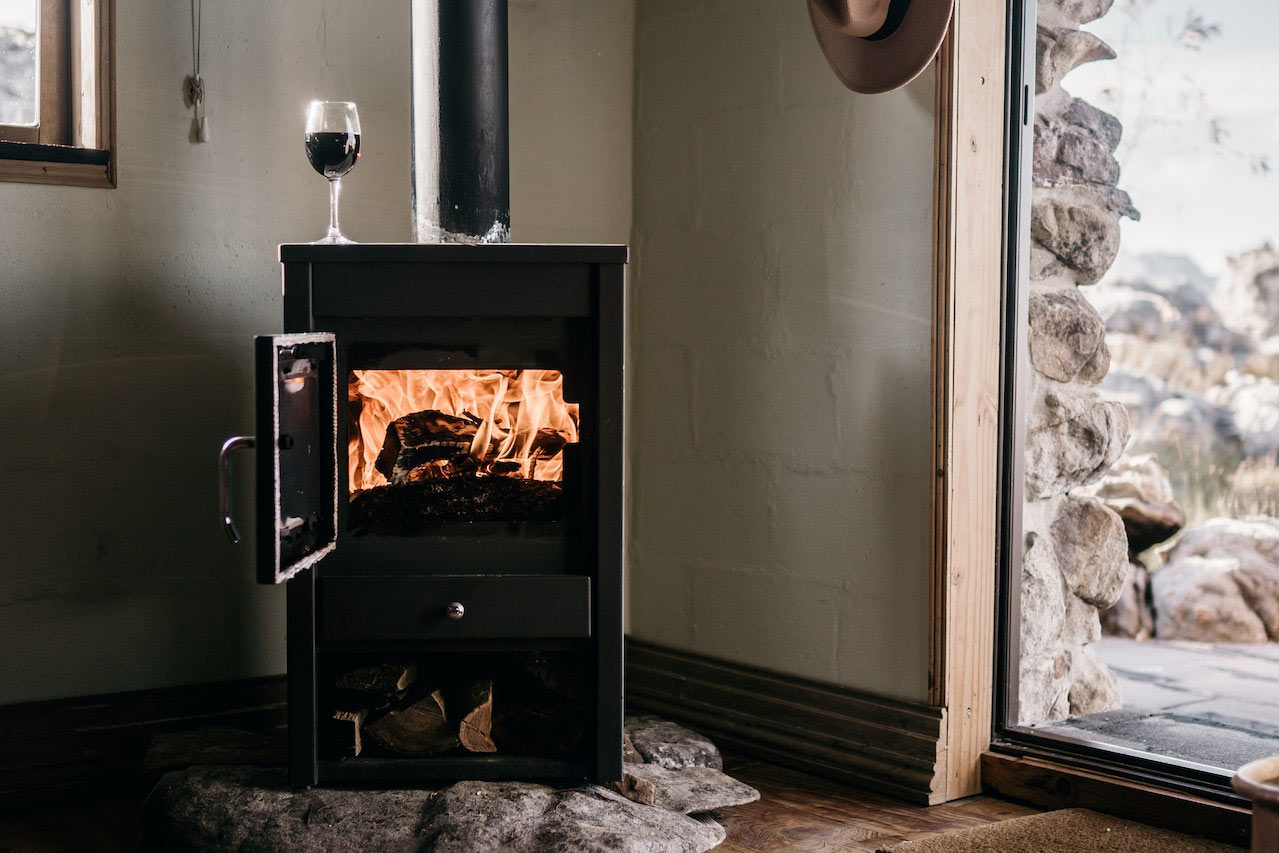
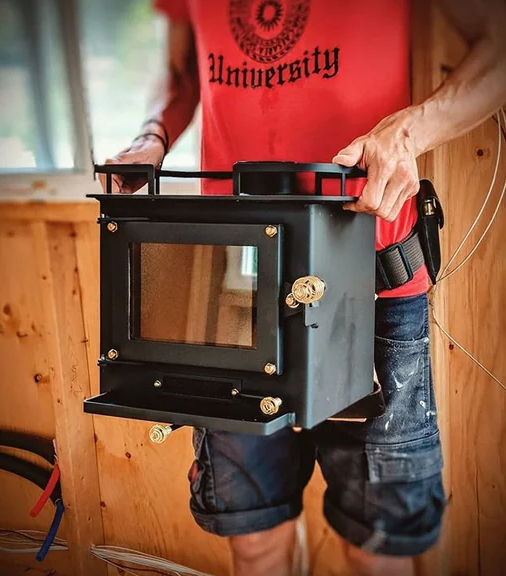
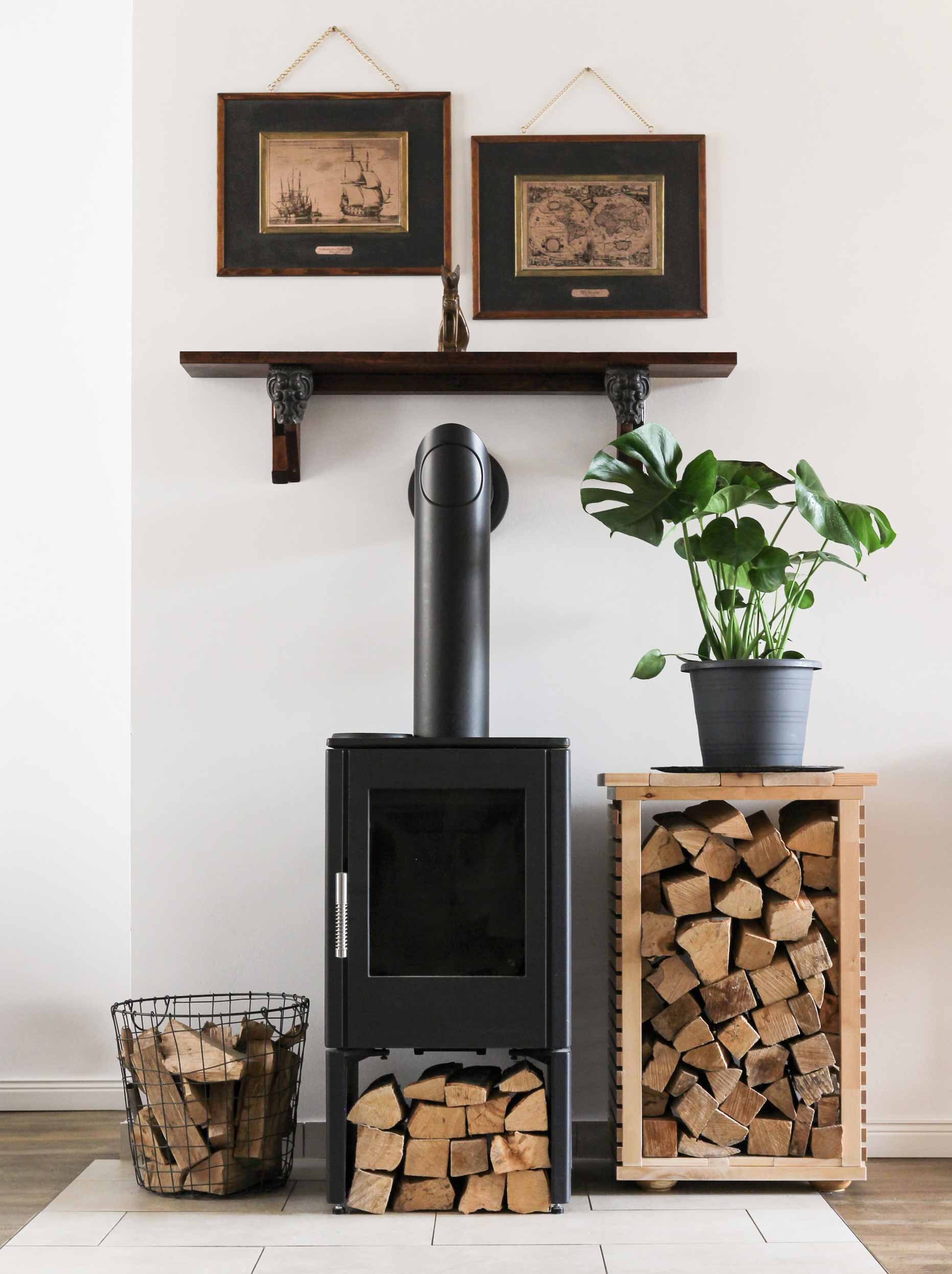




10
3